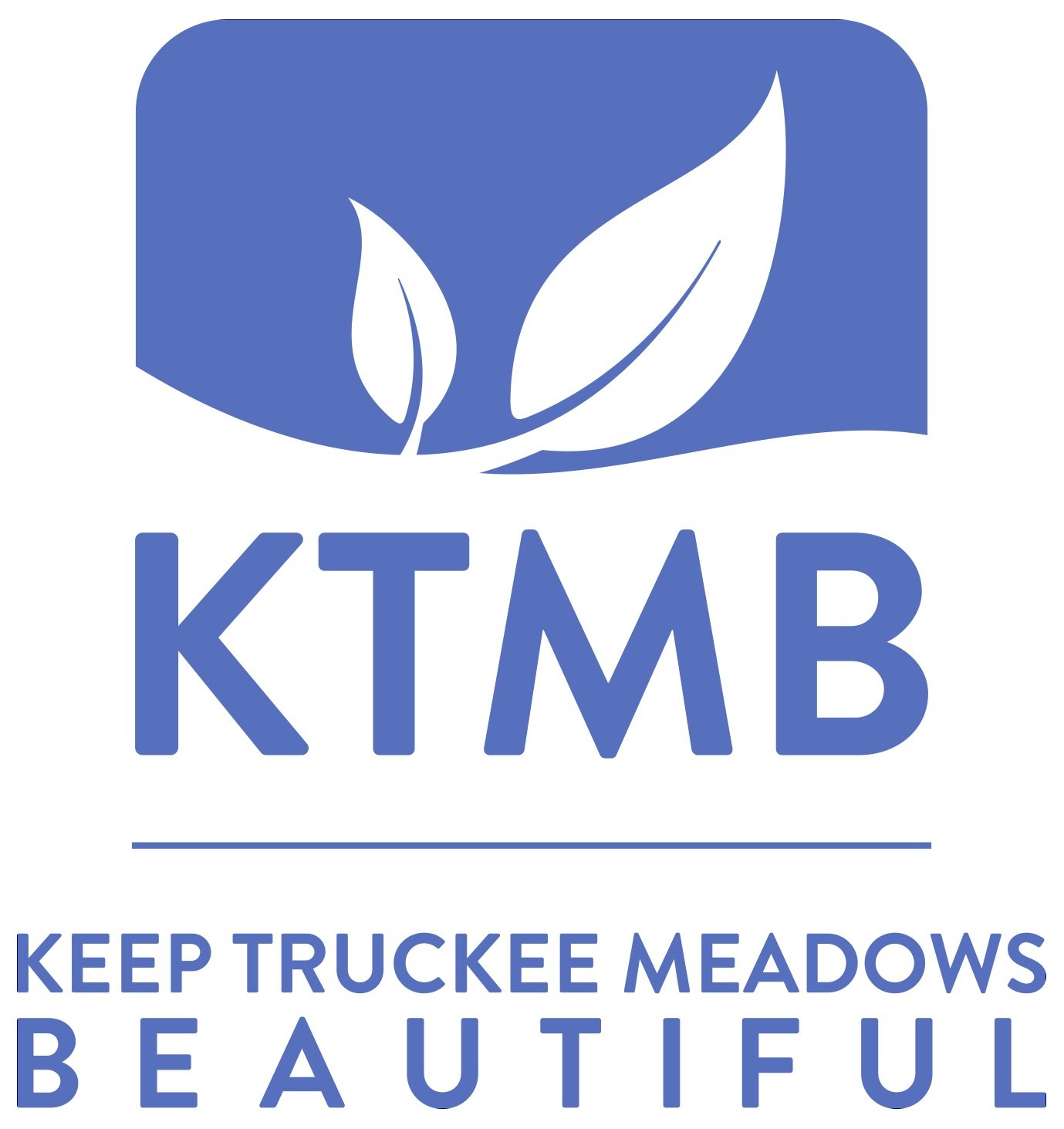Microplastics in the Truckee River Watershed
Microplastics have been found in virtually every corner of the Earth, from the top of Mount Everest to the bottom of the Mariana Trench, and now, in the human body. The Truckee River Watershed is not excluded from this equation; microplastics have been found and are being studied in our very own watershed. To better understand this discovery, KTMB sustainability staff interviewed Dr. Monica Arienzo, an Assistant Research Professor in the Division of Hydrologic Sciences at the Desert Research Institute (DRI), about her research and expertise on microplastics.
What are microplastics?
Microplastics are small pieces of plastic ranging from 5 millimeters, about the size of a pencil eraser, to 1 micrometer, which would require a microscope to see. There are also nanoplastics that are less than 1 micrometer in size. Microplastics fall into two categories: primary and secondary. Primary microplastics, also referred to as “nurdles”, are created during the manufacturing process. Secondary microplastics are formed from the breakdown of larger pieces of plastic; these can be created from washing clothing made of synthetic materials and single-use plastics that break down in the environment over time. Most of the microplastics you would encounter fall into category 2.
The team of researchers at DRI have taken a watershed scale approach to studying microplastics by measuring microplastic concentrations in snow as snowmelt is the primary source of potable water in the Truckee Meadows. Through Dr. Arienzo’s research, there is a better understanding of where microplastics are in our environment and where they are coming from. It is believed that microplastics enter the Truckee River Watershed through atmospheric deposition and human activities. Atmospheric deposition is the movement of particles from the atmosphere to the earth’s surface. When microplastics are in the atmosphere, they can be brought back down to the earth’s surface through precipitation. In our case, this precipitation is most commonly snow.
Microplastics can also be created from everyday human activities such as drying clothing in the dryer. Dryers vent fibers out of our homes and into the environment; some of these fibers are synthetic, or made from chemicals that are not naturally occurring in the environment. Other examples of activities that generate microplastics are improper disposal of waste, wear and tear of tires, washing clothes in a washing machine, and the use of single-use plastics.
How can I reduce my microplastic footprint?
Reducing your microplastic footprint is something everyone can do with relative ease. The first way to do this is to reduce! Reduce wear and tear on your tires by carpooling, reduce and reuse single-use plastics, and reduce the frequency you wash your clothes, especially synthetics. You can also invest in microfiber capturing devices for your washing machine such as Cora Balls and Guppyfriend bags, which capture microplastic particles before they ever leave the washer. Other ways to reduce your microplastic footprint is to dry clothes outside, purchase plastic free items, and properly dispose of paint as it contains plastic particles. Check out KTMB’s Recycling Guide to learn how to properly dispose of your household waste.
Being a conscious consumer is another way to significantly reduce your microplastic production. Microplastics can hide in everyday items such as tea bags, so buy loose leaf tea or plastic-free, paper tea bags as an alternative. Choosing to support companies that opt for sustainable products is another great way to reduce your footprint.
About Dr. Monica Arienzo
In her research, Dr. Arienzo uses chemical tools to understand how humans have impacted the environment. After years of studying caves in the Bahamas and ice cores from Antarctica, she now studies microplastics from peak to tap. Her microplastic research focuses on microplastics found from snowy peaks, to downstream lakes and rivers, to drinking water taps. This research would not be possible without the help of her colleagues, students, collaborators, and more than 25 volunteer citizen scientists.
Resources:
Microplastics - https://marinedebris.noaa.gov/what-marine-debris/microplastics
Microplastic Research at DRI - https://www.dri.edu/labs/microplastics/
Myths about Microplastics - https://www.dri.edu/wp-content/uploads/Micoplastics-Myths-Infographicv3.pdf
Reducing Plastic Pollution - https://www.nrdc.org/stories/10-ways-reduce-plastic-pollution
8 Ways to Reuse your waste: https://www.ktmb.org/ktmbblog/2020/04/01/from-trash-to-treasure-8-creative-ways-to-reuse-your-wast


